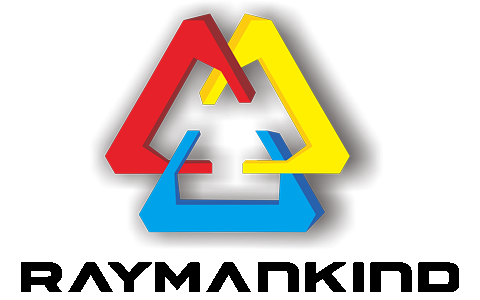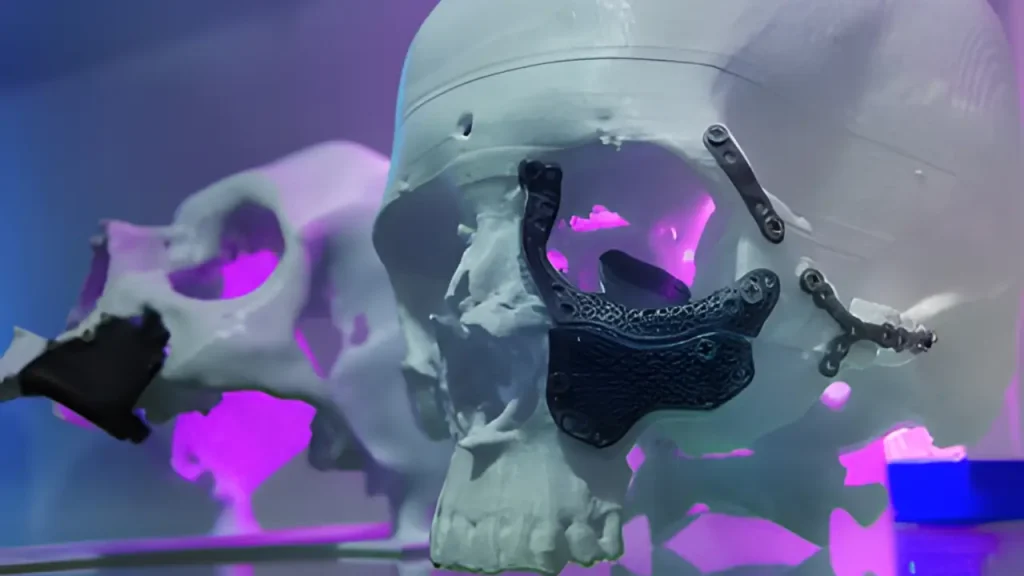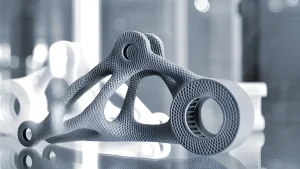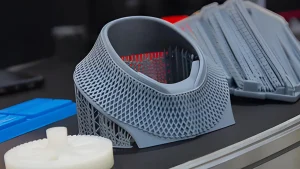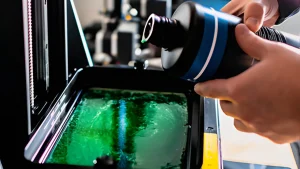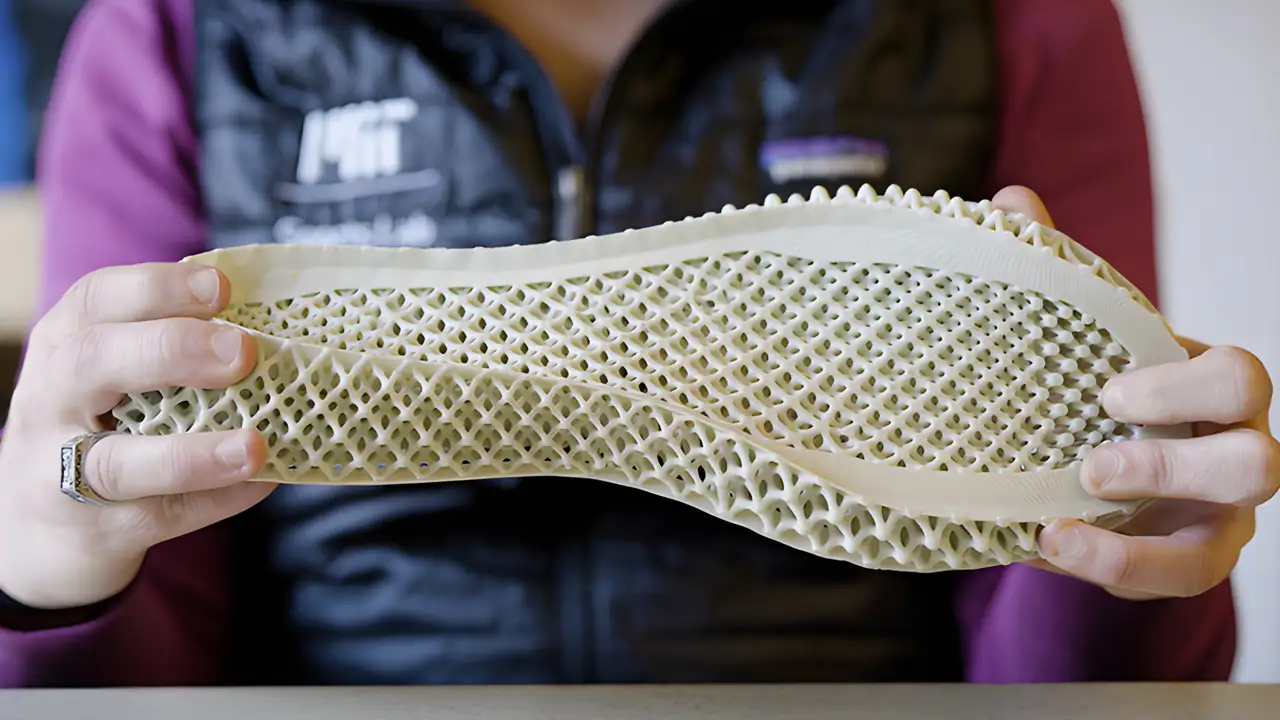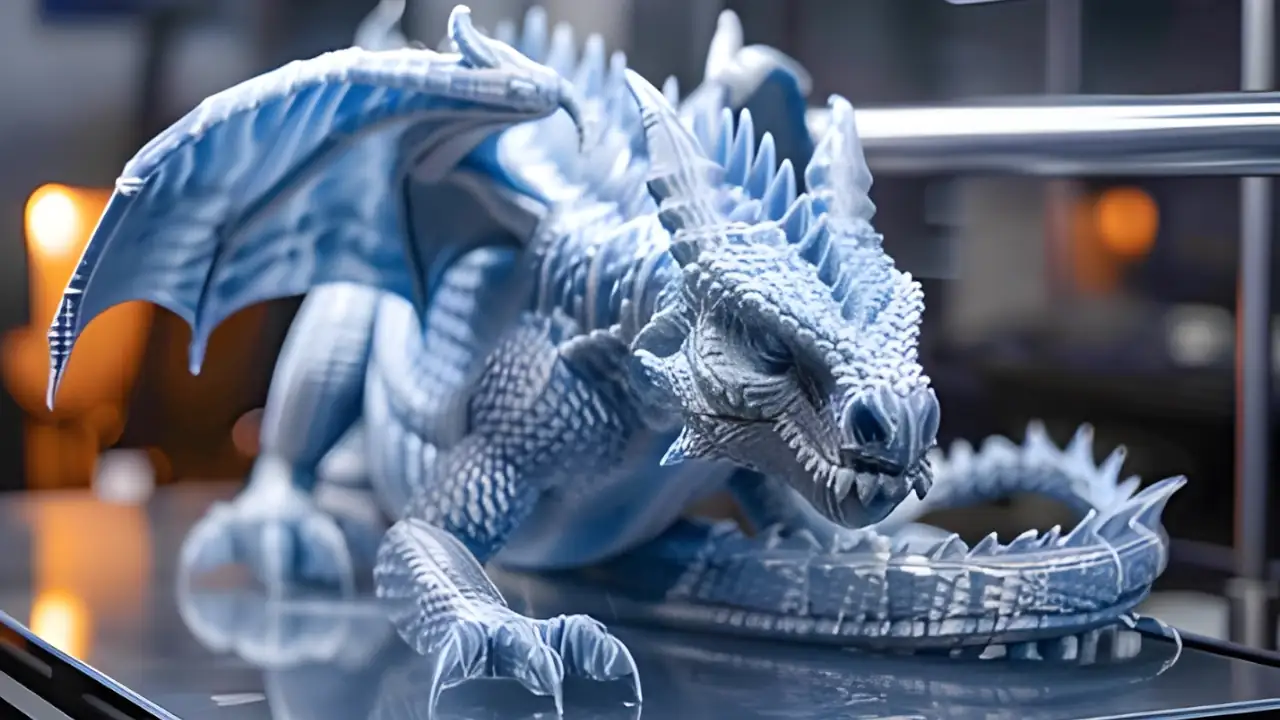At Raymankind, we turn visionary ideas into tangible realities with our advanced 3D printing technology. 3D printing is revolutionizing the medical field, offering innovative and personalized solutions. Let’s explore how this technology is transforming healthcare with its applications and benefits.?
Introduction
3D printing, or additive manufacturing, has made significant strides in the medical field. From its humble beginnings to its application in advanced medical solutions, the technology has rapidly evolved, opening new horizons for treatment and healthcare.
Applications
- Custom Prosthetics and Implants: 3D printing enables the creation of personalized prosthetics that perfectly fit individual patients. Examples include dental implants, hip replacements, and cranial plates, all tailored to meet specific patient needs.?
- Surgical Planning and Practice: 3D-printed models are used to plan complex surgeries and practice surgical techniques. This reduces surgery time and improves patient outcomes, making procedures safer and more effective.?
- Bioprinting Tissues and Organs: Emerging bioprinting technologies are enabling the creation of living tissues and organ prototypes. Although still in development, these technologies have the potential to revolutionize organ transplants and regenerative medicine.?
- Medical Devices and Tools: 3D printing allows for the production of customized medical devices such as stents, braces, and surgical instruments. Rapid prototyping and iterative design speed up device development and enhance functionality.?
- Pharmaceutical Applications: 3D printing of medications allows for personalized dosages and the creation of complex drug delivery systems. This can lead to more effective and customized treatments.?
Benefits
- Personalization: The ability to create patient-specific solutions enhances treatment outcomes, providing more precise and tailored care.?
- Cost-Effectiveness: Reduces costs associated with traditional manufacturing of prosthetics, implants, and medical devices, making them more accessible.?
- Speed and Efficiency: Faster production times for medical models, devices, and implants accelerate the development process, improving overall efficiency.?
- Enhanced Precision and Accuracy: Improves the accuracy of creating complex structures that match patient anatomy, increasing the effectiveness of treatments.?
- Innovation and Customization: Opens up new possibilities for innovative medical treatments and custom solutions, expanding the potential for healthcare advancements.?
Challenges and Considerations
- Regulatory Hurdles: The regulation of 3D-printed medical devices and implants is complex, with challenges in gaining approval from agencies like the FDA.?
- Material Limitations: Current limitations in biocompatible materials and future advancements needed to overcome these limitations are discussed.?
- Ethical Considerations: Ethical questions surrounding bioprinting and the use of 3D printing in human healthcare are relevant and must be addressed carefully.?
The Future of 3D Printing in Medicine
- Technological Advancements: Potential future developments in bioprinting and medical applications could further transform the healthcare sector.?
- Interdisciplinary Collaboration: The importance of collaboration between engineers, medical professionals, and researchers to drive innovation and overcome challenges.?
3D printing is having a transformative impact on the medical field, offering personalized and innovative solutions. Continued research and development are essential to overcoming current challenges and exploring new possibilities. Stay updated on this evolving technology and see how it can benefit your practice or institution.
Learn more about Raymankind’s 3D printing services or contact us to explore how 3D printing can benefit your medical practice.?
